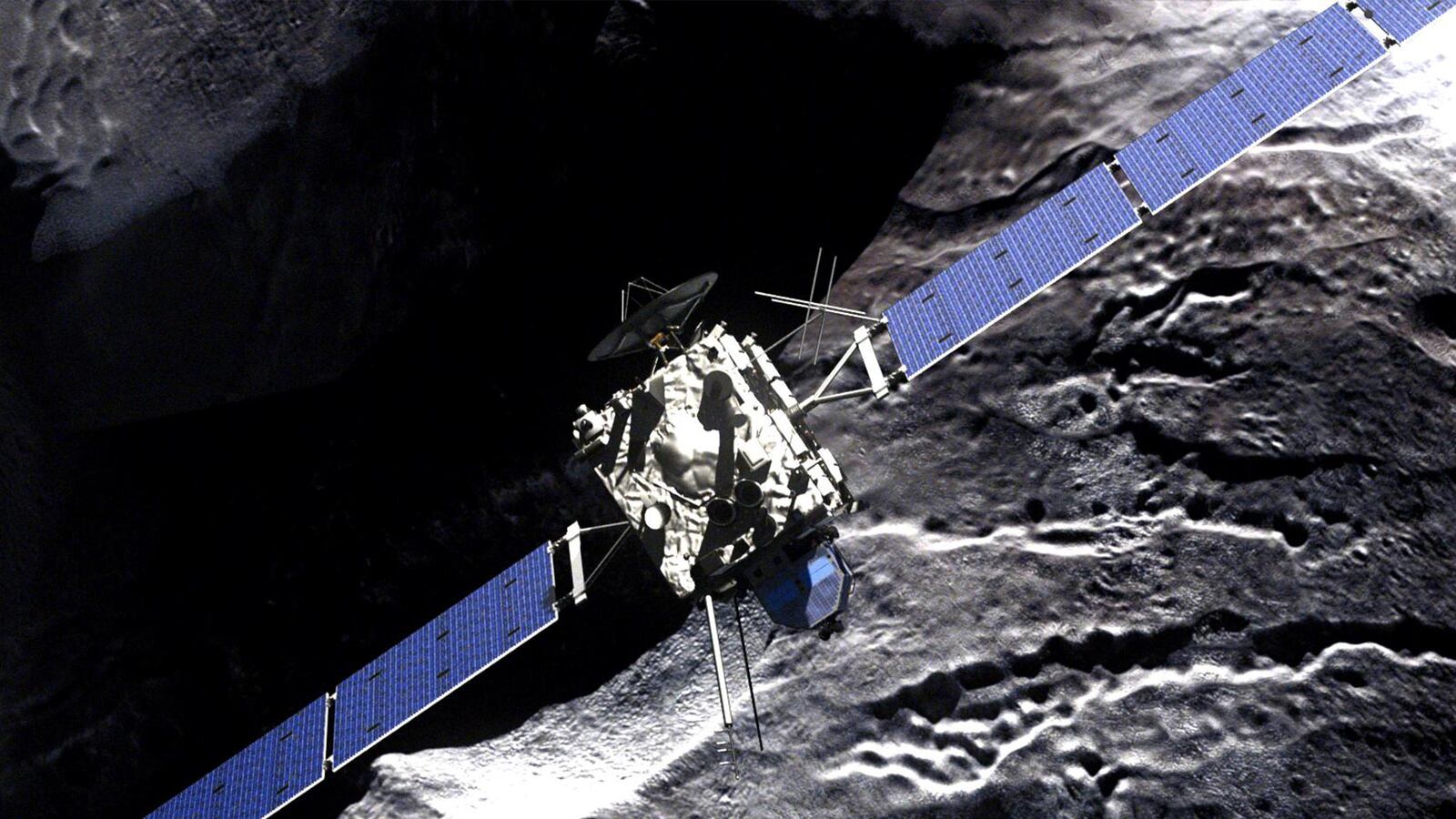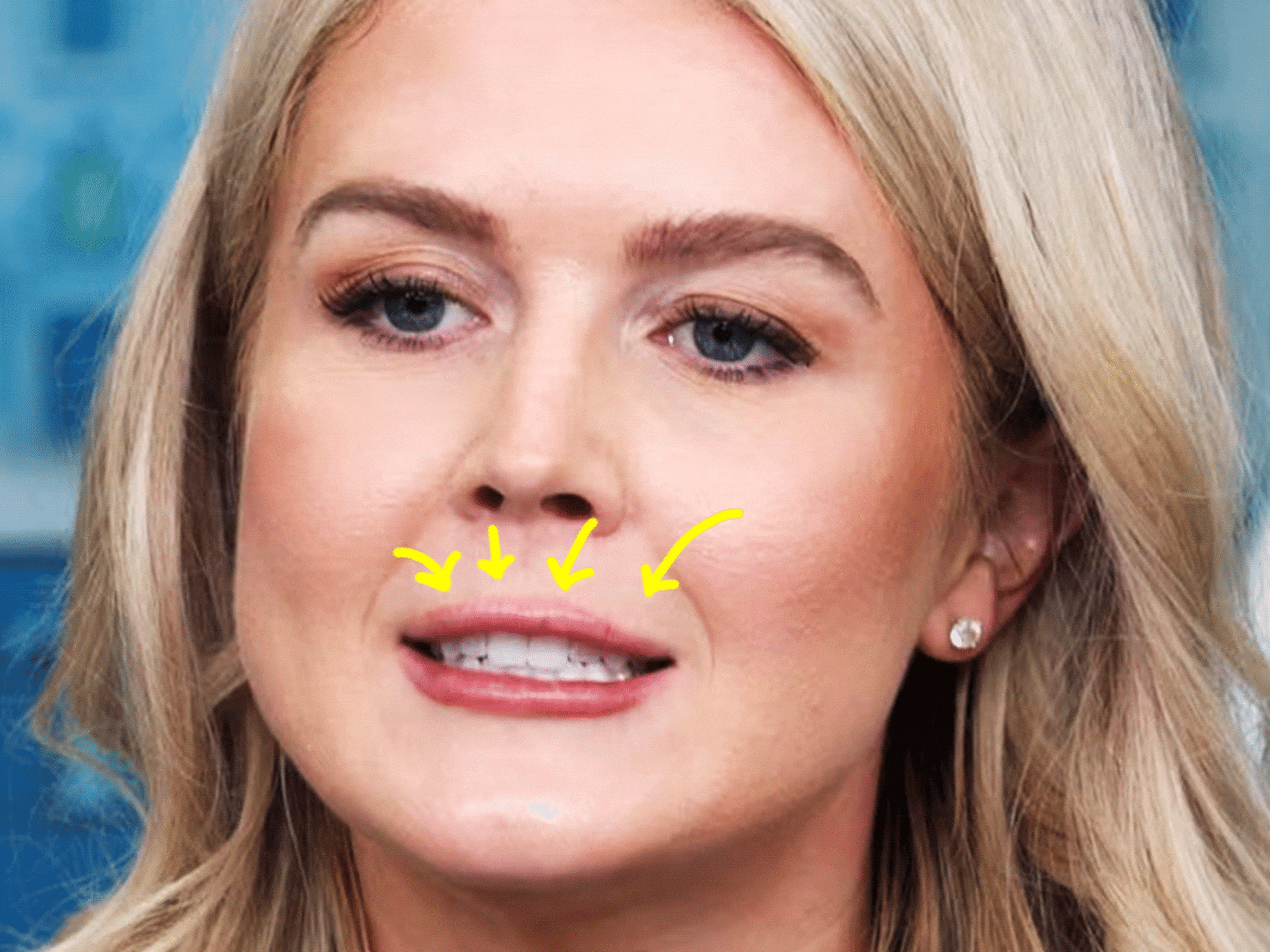Modern science is amazing. A European spacecraft has been orbiting a distant comet close enough for us to now know what one smells like, and we may wish we hadn’t. “The perfume of 67P/C-G is quite strong, with the odour of rotten eggs (hydrogen sulphide), horse stable (ammonia), and the pungent, suffocating odour of formaldehyde,” said Kathrin Altwegg, a lead scientist for the Rosetta Orbiter Sensor for Ion and Neutral Analysis (ROSINA) which came from Europe. “This is mixed with the faint, bitter, almond-like aroma of hydrogen cyanide. Add some whiff of alcohol (methanol) to this mixture, paired with the vinegar-like aroma of sulphur dioxide and a hint of the sweet aromatic scent of carbon disulphide, and you arrive at the ‘perfume’ of our comet,” she continued. ROSINA is now just 5 miles from the comet’s surface. However smelly they are, those chemicals are extremely important for scientists working to discover how our solar system formed.
Read it at European Space Agency




